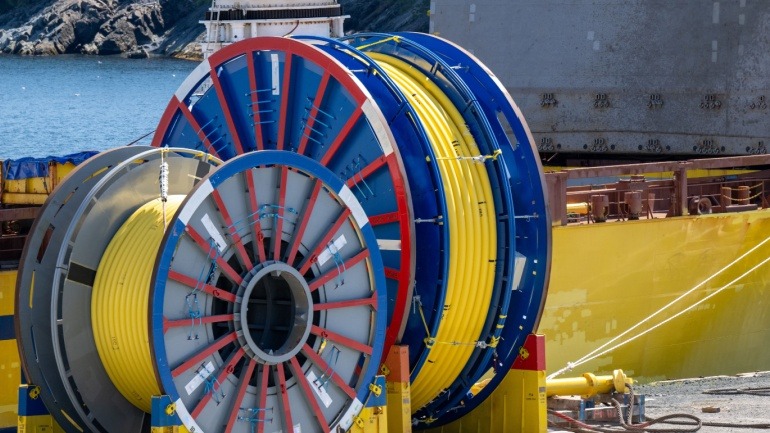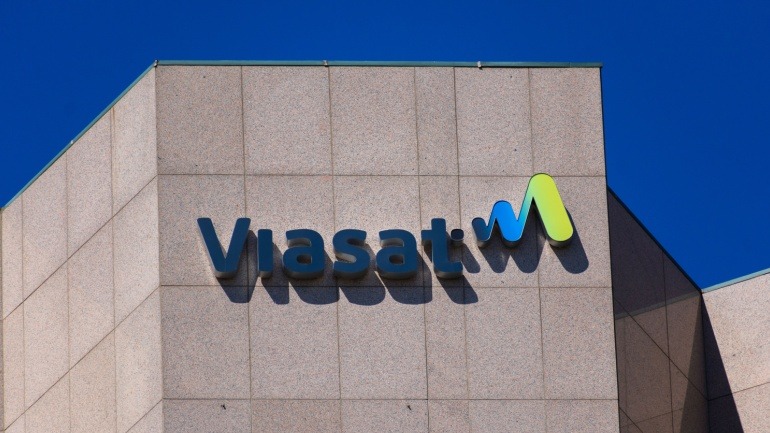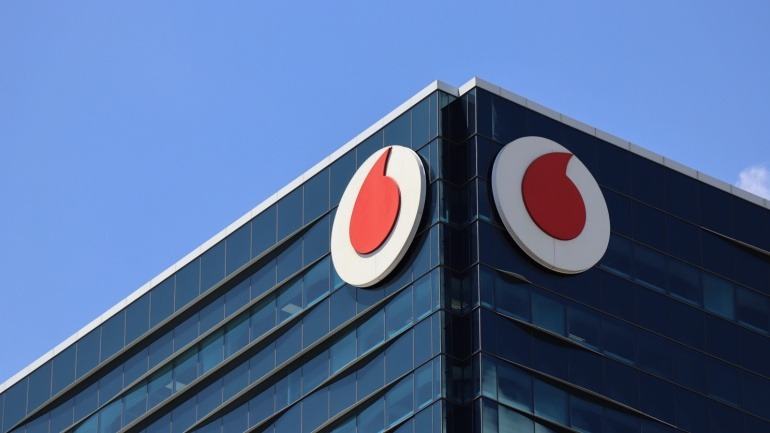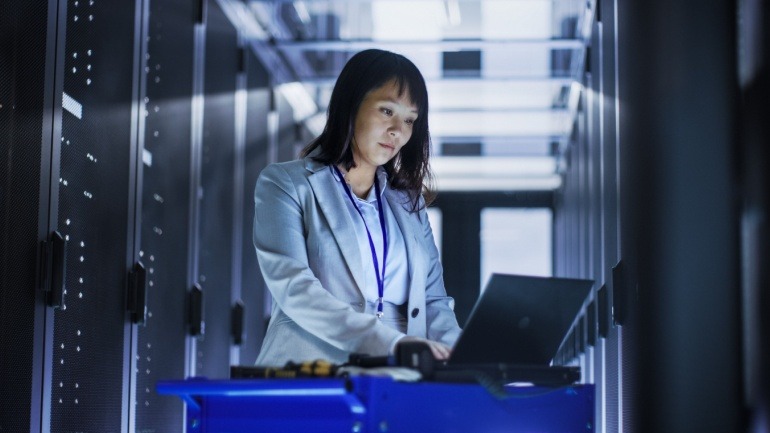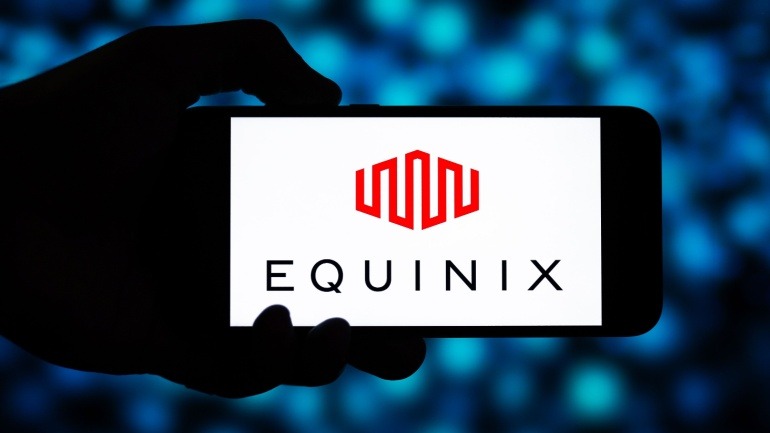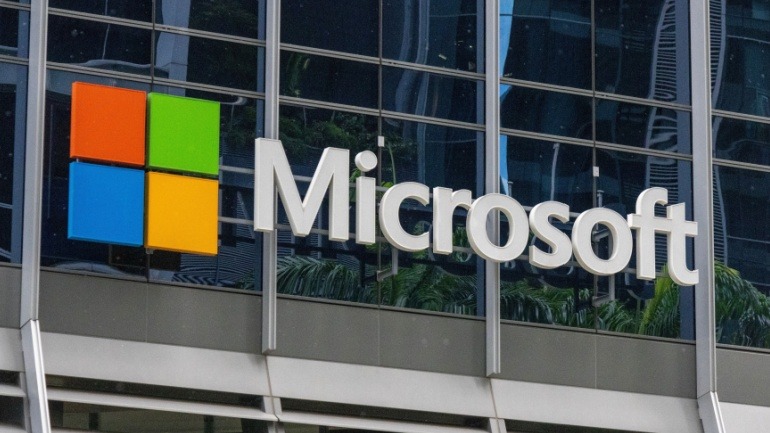Google’s introduction of the TalayLink subsea cable marks a transformative step in enhancing digital connectivity, particularly for the Asia-Pacific region. As TalayLink extends the Interlink system, it offers a vital alternative route through the Indian Ocean, alleviating congestion in the Sunda Strait. This expansion fortifies Google’s robust subsea cable initiatives, advancing global digital networks.
The UK’s focus on safeguarding its undersea networks is critical amid rising tensions with Russia and China. With concerns over VoIP communication vulnerabilities and infrastructure threats, the Royal Navy is vigilant. Reforms ensure clear accountability, emphasizing the importance of protecting crucial subsea networks for digital security.
Meta and a coalition of leading tech firms, including Google and Microsoft, have completed the infrastructure for the extensive 2Africa submarine network. This massive international subsea project promises to significantly boost internet connectivity across Africa, Asia, and Europe. With enhanced VoIP services, regions can expect accelerated economic growth and improved communication.
Viasat’s launch of the ViaSat-3 Flight 2 satellite revolutionizes VoIP communication by significantly boosting bandwidth capacity and introducing advanced dynamic beam-forming technology. This innovation optimizes Ka-band capacity distribution, ensuring high-demand areas like airports benefit from efficient connectivity. Viasat’s advancements enhance the adaptability and resilience crucial for VoIP services.
In the evolving landscape of hybrid work environments, VoIP technology is critical for seamless communication. As businesses integrate VoIP solutions with Microsoft Teams, Slack, and Asana, the challenge remains optimizing these tools to truly enhance productivity. Leveraging workforce intelligence, companies can analyze communication and task data to ensure effective collaboration, ultimately transforming hybrid work dynamics for success.
Discover how Vodacom’s CEO, Shameel Joosub, is steering the company towards growth by leveraging VoIP innovation and strategic M&A. Emphasizing partnerships in fiber infrastructure and data centers, these efforts promise to enhance regional connectivity. Explore the potential impact of Vodacom’s strategic moves in the rapidly evolving telecommunications industry.
Zoom’s bold announcement to establish a UK data centre by early 2026 represents a significant stride in VoIP innovation. Aimed at meeting local data residency needs and appealing to sectors like healthcare and financial services, this facility strengthens Zoom’s position in offering secure, compliant VoIP services, diversifying from video conferencing to advanced AI-first collaboration solutions.
Equinix’s £3.9 billion investment in Hertfordshire marks a pivotal expansion in the UK for the digital infrastructure leader. By integrating over 250MW of computing power, the new data center development underscores Equinix’s commitment to enhancing the UK’s digital landscape, supporting sectors like healthcare and finance while advancing the nation’s AI leadership.
Enterprises increasingly embrace Microsoft Teams Phone for streamlined business communication, integrating crucial calls with daily tasks. Over 93% of Fortune 100 companies use Microsoft Teams, with 20 million global users. By merging calls, chats, and meetings, businesses cut outdated PBX costs and enjoy a unified, secure cloud communication platform.
GoTo introduces GoTo Connect for Education, revolutionizing school communications. This cloud-based platform integrates phone, paging, messaging, and alerts, streamlining management and enhancing security. Schools can now consolidate fragmented systems, easing the IT burden and ensuring safety. GoTo’s innovative approach seeks to modernize educational communication infrastructure smoothly and cost-effectively.




